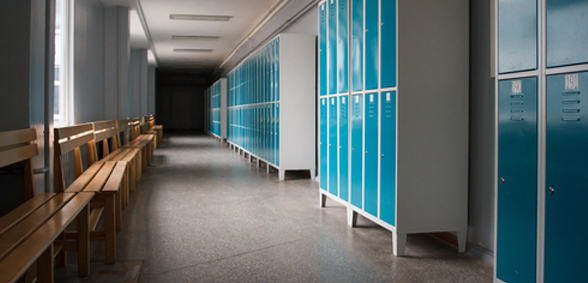
The Equality and Human Rights Commission has published new guidance for schools on tackling prejudice-based bullying. Joe Orme, an associate in the employment, education and pensions team at Hill Dickinson, provides a legal view on a school’s duty of care and how you should handle prejudice-based bullying

Prejudice-based bullying can be a big risk factor for schools; it can lead to a school losing popularity and, therefore, reducing student numbers which impacts on funding, having issues attracting and retaining the right staff and bringing increased legal risks. The Equality and Human Rights Commission has recently published extensive new guidance which aims to help schools reduce these risks and better tackle prejudice-based bullying.
What is prejudice-based bullying and how big of a problem is it?
Prejudice-based bullying is any form of bullying (such as physical, verbal or cyber-bullying) related to an individual’s actual or perceived ‘protected characteristics’ – race or national/ethnic origin, gender, disability, religion or belief, sexual orientation, gender reassignment, age or pregnancy/maternity.
Prejudice-based bullying is a big problem for schools. The statistics make for grim reading – one in three students report that they have been bullied because of their identity. The identified ‘protected’ characteristics – for example, disability, race, religion and sexual orientation – lead to a much greater risk of being the victim of bullying.
Do schools face increased risks due to prejudice-based bullying?
Schools have duty of care towards their students and staff so prejudice-based bullying can lead to increased legal risks. Schools must have regard to the public sector equality duty when developing their anti-bullying policy; failure to do so can lead to the school’s decisions being judicially reviewed.
Further, whilst a school is not usually vicariously liable for peer-on-peer prejudice-based bullying or harassment, a school may itself discriminate if it treats prejudice-based bullying less seriously than other forms of bullying and, in limited circumstances, a failure to deal with pupil bullying may result in discrimination claims being brought by staff.
The importance of strong leadership and staff training
The guidance emphasises that schools need to have strong leadership from the top, because the school’s culture and ethos are set by the senior leadership team and endorsed by the governing body. The culture and ethos of a school should champion diversity and encourage respect for difference. All staff should receive training on reporting and dealing with prejudice-based bullying and governors and trustees should also be alive to these issues in order to hold senior leaders to account.
What should schools do when prejudice-based bullying happens?
The guidance gives a number of tips for schools designed to help them deal with prejudice-based bullying, including by way of example:
- take reports of bullying seriously and investigate incidents to find out who else is involved (bullies rarely work alone);
- don’t blame the victim or ask them to change their behaviour (e.g. by telling them to ‘toughen up’) and avoid stereotypes (e.g. ‘boys will fight’); and
- know when and where to get outside advice and support from if necessary (e.g. if there are safeguarding concerns).
Collecting data about, and monitoring, prejudice-based bullying incidents
The guidance encourages schools to collate data to inform and evaluate anti-bullying strategies. This data will enable the leadership team to spot any trends (e.g. is there a bullying ‘hot spot’ within the school?). Collating accurate data requires a robust bullying reporting mechanism and the guidance encourages schools to consider:
- whether pupils can easily report incidents of bullying – can they report anonymously, or via peer mentors?
- how teachers or other staff report bullying – is there an appointed bullying lead?
- how parents and carers are able to report bullying concerns;
- whether incidents of bullying are recorded by protected characteristic and bullying type?
Monitoring and reviewing data about bullying
The guidance recommends monitoring and reviewing the data collected. The guidance includes a checklist of questions for schools to consider, including by way of example:
- who analyses bullying data and is this done regularly?
- what mechanisms are in place for governors to regularly review bullying data in order to provide effective challenge and support?
- are there any trends or emerging areas of concern which emerge from the analysis of bullying data?
- does the school use the data to inform its anti-bullying strategies and approaches?
Don’t forget to follow us on Twitter and keep up-to-date with the latest news and features
